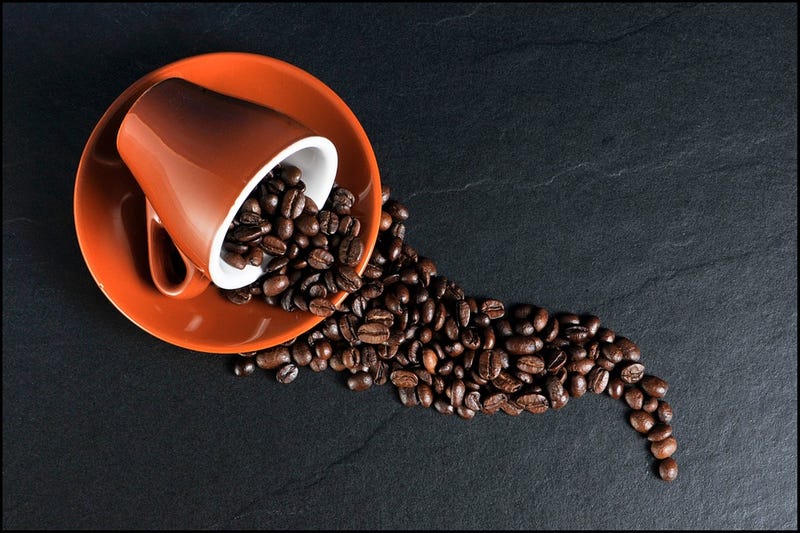
Sip your morning coffee suspiciously, friend—it may not be what you think.
The Washington Post chatted with the creators of a new testing method for coffee beans, which double checks that the name on the label of your beans matches what you’re actually getting. Although existing tests can already identify the types of coffee beans, the new method is more precise, as well as quicker and easier to perform outside of the lab.
The need for the more efficient testing has cropped up because coffee is becoming an increasingly common target for food counterfeiters. What’s really interesting about this particular case, though, is that it combines so many different food counterfeiting methods. Coffee has a mislabeling problem, likesalmon and other fish. It also suffers from the diluting of better varieties with cheaper, more plentiful ones, as in the case olive oil.
There’s also one other commonality with other recent food fraud cases. Like so many other foods, part of the root cause of the counterfeiting is climate change. Coffee, particularly in Brazil, has been hit hard by the sweeping droughts we’ve experienced recently. Late last year, I noted that given what we were seeing with both global markets and on coffee farms, a global coffee shortage was coming. The question wasn’t if, but when it would happen. With tightening stores from a looming shortage, rising prices, and more and more emphasis on specialty coffees, it’s no wonder that counterfeit coffee is becoming a problem big enough to need faster, easier testing.
So beware, that $8 coffee you just picked up might not be the fancy, single-origin product you think it is.
Follow the link below for the full article.
http://gizmodo.com/counterfeit-coffee-is-now-something-you-need-to-worry-a-1767739468

